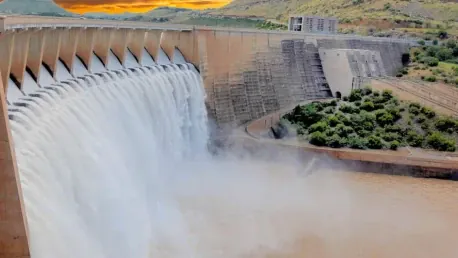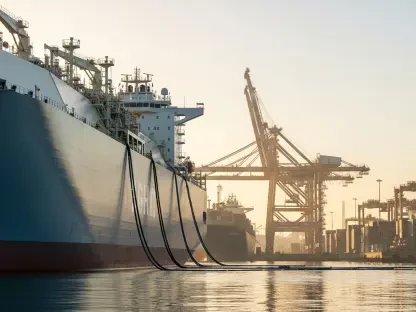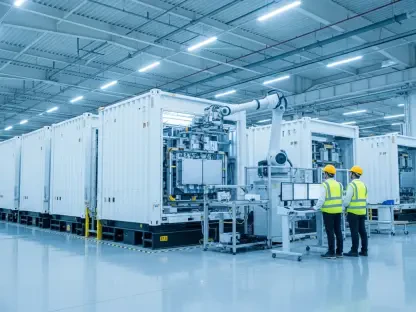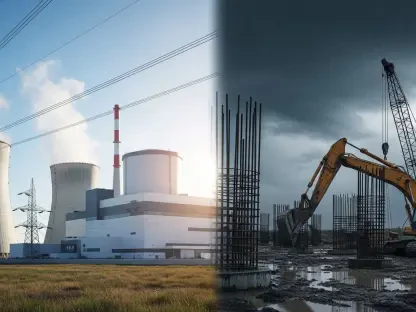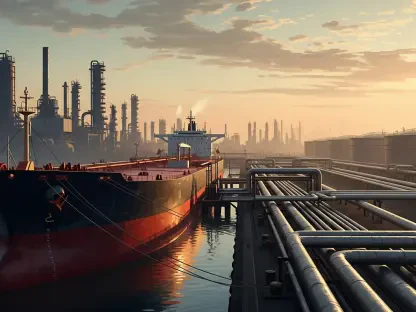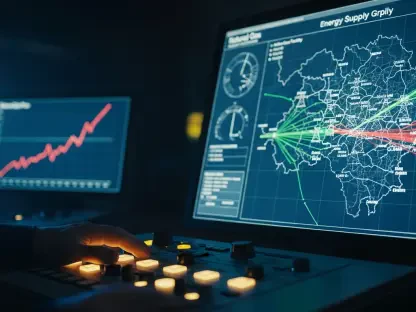A groundbreaking collaboration between the U.S. and German governments aims to advance subsea energy storage technology, which is a key component in supporting electrical grid decarbonization. This international partnership received a combined funding boost of $7.7 million, split between Sperra in the U.S. and Fraunhofer IEE and PLEUGER Industries in Germany. Sperra has secured a $4 million grant from the U.S. Department of Energy’s Water Power Technologies Office to design, fabricate, and test a 10-meter diameter, 500 kW / 600 kWh energy storage unit in Southern California waters. Concurrently, the German Ministry for Economic Affairs and Climate Action contributed $3.7 million (€3.4 million) for a parallel pump and turbine development project.
The Promise of Subsea Pumped Storage Hydropower
Overcoming Logistical and Environmental Challenges
The primary aim of this collaboration is to develop subsea pumped storage hydropower (SPSH) technology, a promising alternative to traditional pumped storage hydropower (PSH). Unlike conventional land-based PSH installations, SPSH can avoid numerous logistical and environmental challenges. By storing energy in the ocean near major U.S. cities, SPSH provides a decentralized solution that doesn’t depend on critical materials needed for battery production and can be manufactured using locally sourced concrete. This approach helps to bypass the significant land use and environmental impact associated with constructing large dams and reservoirs required by traditional PSH systems.
Moreover, Sperra’s project in Southern California will leverage the extensive research by Prof. Horst Schmidt-Böcking, Dr. Gerhard Luther, and Fraunhofer IEE on Stored Energy in the Sea (StEnSea). Their work has demonstrated robust alternatives to battery storage, focusing on the immense potential of offshore locations. The U.S. is estimated to have around 75 TWh of offshore potential, which is more than double the capacity of onshore closed-loop pumped storage. As ocean-based energy storage becomes increasingly essential, SPSH technology presents a scalable and sustainable solution to meet the growing demand for renewable energy sources.
Contributions from Leading Institutions
The collaboration has garnered significant contributions from reputable institutions such as WSP USA, Purdue University, and the National Renewable Energy Laboratory (NREL). These organizations, along with a project advisory panel of key stakeholders, aim to ensure comprehensive support and oversight throughout the development process. Dr. Bernhard Ernst, a Senior Project Manager at Fraunhofer IEE, underscored the importance of this collaboration, noting that subsea energy storage on the seabed significantly reduces natural and ecological restrictions, potentially leading to increased public acceptance and support.
By utilizing the expertise and resources of these prominent entities, the U.S.-German collaboration is well-equipped to address technical challenges, enhance system designs, and optimize performance. Such extensive support underscores the international commitment to advancing SPSH technology, fostering innovation, and promoting sustainable energy solutions on a global scale. This multi-faceted approach reflects a concerted effort to improve energy storage capabilities and sustainability through SPSH, positioning it as a key player in the transition toward a cleaner energy future.
Building on Previous R&D Efforts
Long-Term Goals and Broader Implementations
This innovative initiative builds on previous R&D efforts, including funding from the California Sustainable Energy Entrepreneur Development (CalSEED) and the New York State Energy Research and Development Authority (NYSERDA). The project’s long-term plan encompasses executing a grid-connected pilot demonstration following project completion. This phase is crucial to mitigate operational risks, validate the technology’s performance, and attract additional public and private investment for widespread implementation. By demonstrating successful pilot projects, the collaboration aims to build confidence in SPSH technology and pave the way for larger-scale deployments.
Moreover, the pilot demonstration will provide valuable data and insights for optimizing subsea energy storage systems, addressing potential operational challenges, and refining performance metrics. This iterative process is essential for fine-tuning the technology, ensuring reliability, and maximizing efficiency. Ultimately, these efforts aim to accelerate the adoption of SPSH technology, contributing to the broader decarbonization of electrical grids and enhancing energy resilience.
International Commitment to a Sustainable Energy Future
A significant collaborative effort between the U.S. and German governments is set to propel subsea energy storage technology forward, which is crucial for aiding the decarbonization of electrical grids. This international partnership has been bolstered by a combined funding boost of $7.7 million, with the funds divided between Sperra in the U.S. and Fraunhofer IEE and PLEUGER Industries in Germany. Specifically, Sperra has obtained a $4 million grant from the U.S. Department of Energy’s Water Power Technologies Office. These funds will be used to design, fabricate, and test a 10-meter diameter, 500 kW / 600 kWh energy storage unit in the waters of Southern California. At the same time, the German Ministry for Economic Affairs and Climate Action has contributed $3.7 million (€3.4 million) to support a parallel project focused on developing advanced pump and turbine technology. This collaborative endeavor represents a crucial step toward enhancing renewable energy infrastructure and ensuring a sustainable future.
